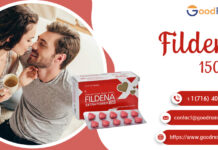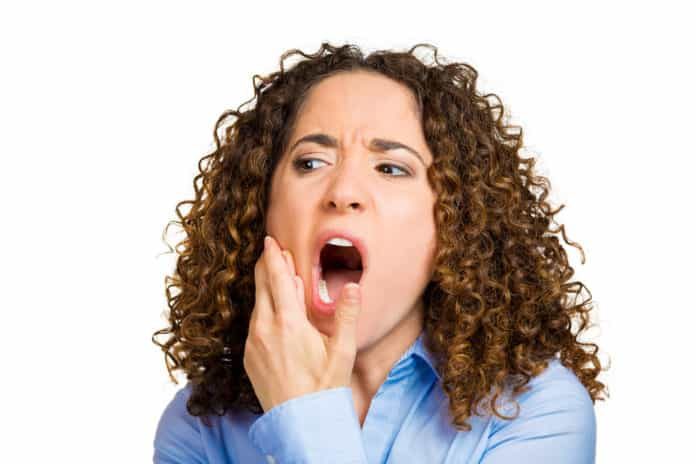Tooth decay is one of the most common diseases among children and adults because of lack of oral health awareness. What’s interesting is that it is also one of the most easy-to-prevent diseases, if precautions are taken at an early age. Erosion of tooth enamel is the primary cause of tooth decay, as it eventually forms holes (cavity) in teeth. If not taken care of, cavities can spread to other tooth, gums, jawbone, and root canal. Keeping oral hygiene in check is easy, but you need to establish a routine and stick to it. Having said that, let’s look at the five simple ways to prevent tooth decay and gum disease.
1. Brush after every meal
Simplest yet the most ignored oral hygiene tip. Don’t forget to brush your teeth about 2-3 minutes after a meal. If this looks unmanageable, make sure that you brush at least twice a day. It is advised to brush teeth for two minutes for effective results. Here’s how to go about it:
- Apply a pea-sized amount of toothpaste on the brush
- Brush front and back of every tooth. Also, brush the top, along the gumline, and basically every part of teeth
- When holding the brush, it should be at an angle of 45 degrees
- Brush in circular strokes or up-and-down motion
Though it is recommended that one should brush 2-3 times a day, over brushing could damage the enamel leading to tooth decay.
2. Use right toothbrush and toothpaste
Use an electric or sonic toothbrush. It should have a circular head that moves up, down, and in circles. A sonic toothbrush is the best for teeth because its high-speed vibrations release fluids in difficult to reach areas. Even if you prefer a traditional toothbrush (non-electric or sonic), opt for a soft-bristled brush that has a small head. Look for the one with half-inch wide and one-inch tall head, as it will reach around the corners easily. Replace the toothbrush or head of electric brush after every three months or whenever they become frayed.
Coming to toothpaste, use one that contains fluoride as the mineral protects tooth enamel and increases the resistance of teeth against plaque, bacterial attacks.
3. Floss
Our teeth have five sides, and each should be cleaned regularly. While brushing cleanses only three sides, flossing is excellent to clean the remaining two sides. Flossing removes bacteria from difficult to reach places between teeth. It also prevents tooth decay, heart disease, and gingivitis. To floss:
- Unwind 18 inches floss around middle fingers
- Leave one or two inches between the fingers to floss with
- Hold the floss between thumb and index finger, and gently slide up down between teeth
- Curve the floss down, below the gum line
4. Use mouthwash
Mouthwash can complement brushing and flossing to remove plaque and food particles out of the mouth. It can also help you get whiter teeth and fight bad breath. Use a mouthwash that contains fluoride and a low percentage of chlorhexidine. Swish the recommended amount of mouthwash around the mouth for 10-15 seconds. You can use mouthwash after brushing. One must not consider mouthwash as a substitute for brushing and flossing.
5. Visit dentist regularly
A dentist can identify cavities before they turn problematic. They will also recommend further actions to prevent tooth decay and suggest oral hygiene practices. If you rarely have a dental issue, visiting the dentist once a year is fine. However, you must see a dentist without delay upon experiencing any pain or changes in the mouth. As teeth decay is faster in children, a visit to dentist after every six months to a year is recommended.
Final Words
Prevention is better than cure. Following a good oral care regimen and having oral health awareness could be the best you can do to keep that beautiful smile intact. In addition, do not delay meeting your dentist upon noticing the slightest discomfort, pain, or problem with your teeth and gums.
















[…] Also, read our blog post on 5 Oral Health Tips to Keep Tooth Decay and Gum Disease at Bay […]